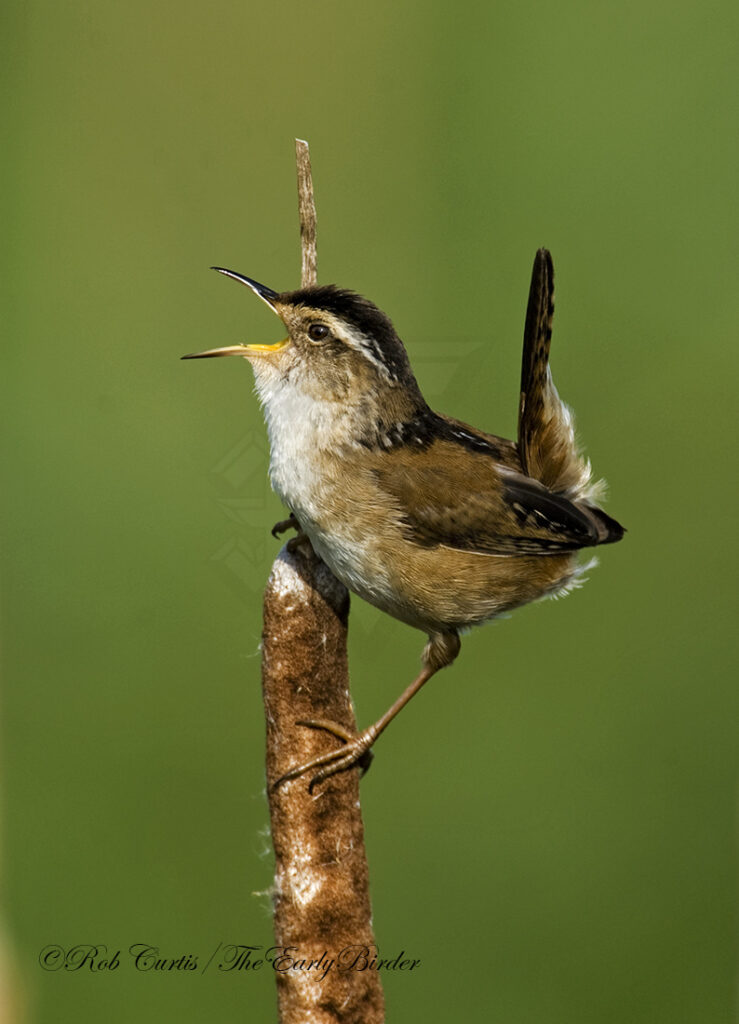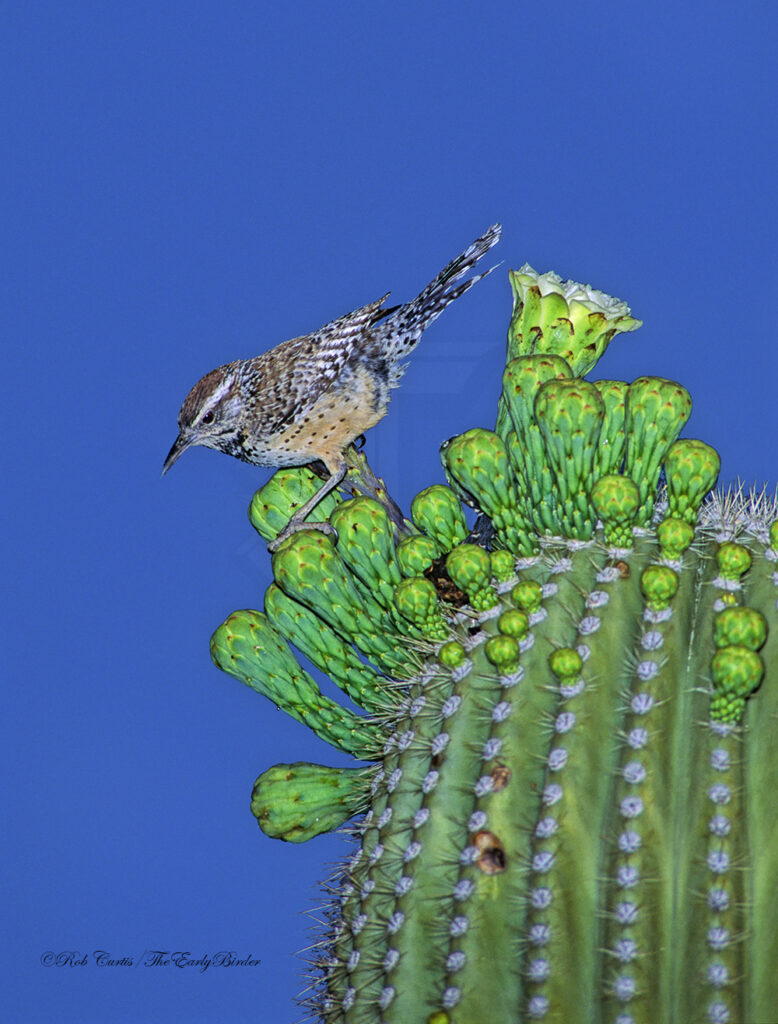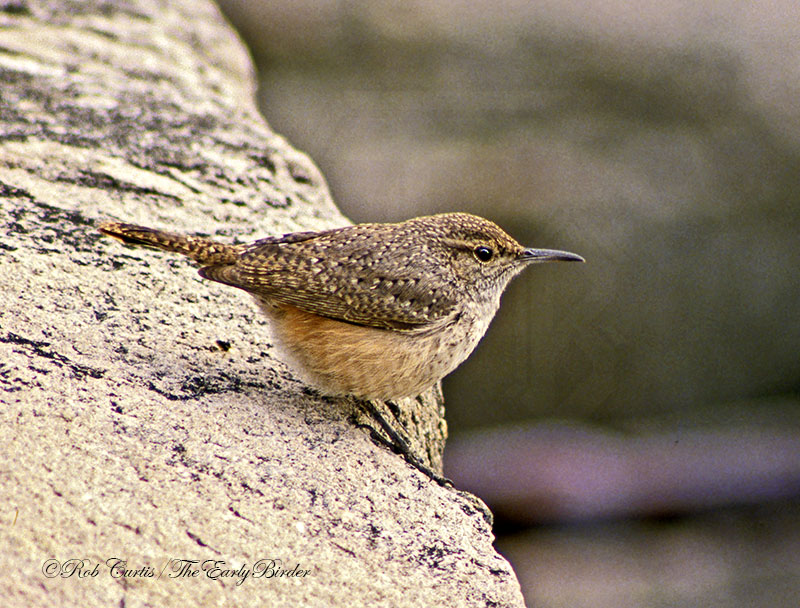carolina-wren
Menu Home Subjects Covers About Contact The Carolina Wren is in the family Troglodytidae, which is in the Order Passeriformes. It inhabits the eastern United States, with the range extending a little into Canada and Mexico. In the US family, only the Cactus Wren is larger. Their range has expanded, possibly due to climate change […]


